- Locksmith & Home Security Technician
- Getting a career diploma in as little as 2 months.
- Gain experience with practical exercises and interactive assignments.
- Learn how to identify, create, and duplicate keys.
- Learn to work with several types of locks including safes, valuts, and auto.
- and more...
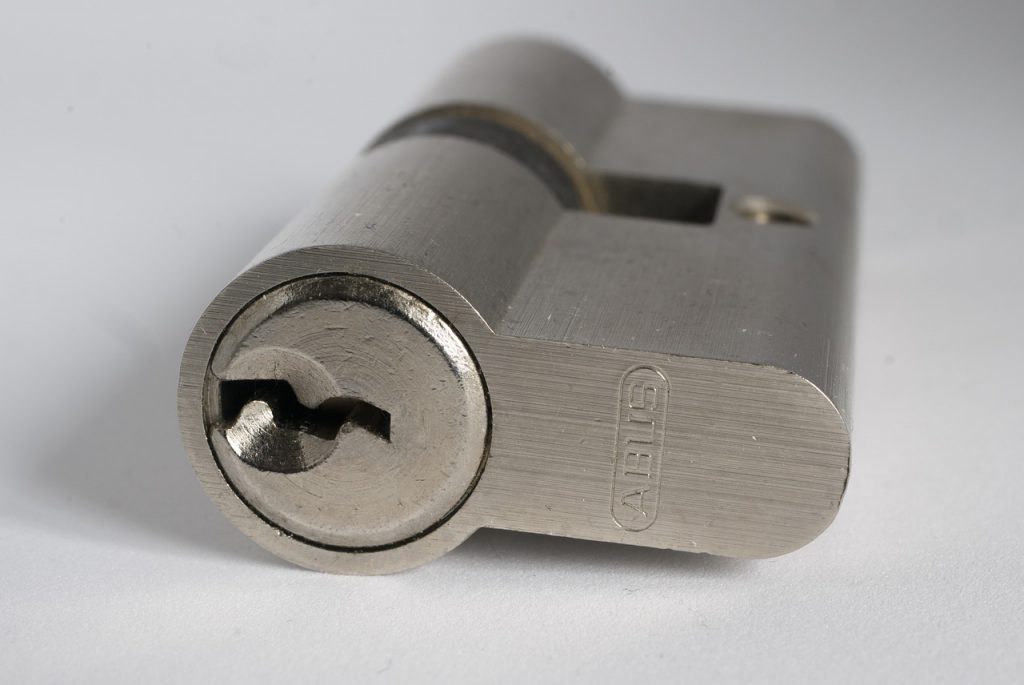
When we talk about cylinder locks, the topic will cover many locks.
I this post, we will focus on Euro Cylinder Euro Profile Cylinder.
Euro Cylinder locks are the lock of choice for residential properties in the United Kingdom.
One of the many reasons for Euro Cylinder Locks’ popularity is you can fit and change the lock without changing the bolt work.
Not all Euro Cylinder Locks are created equal, though.
Some of them do not offer the same levels of security and safety.
Table of Contents
Usage
A euro cylinder lock is a type of pin tumbler containing varying lengths of pins.
When these pins are pressed against the serrated edges of the key, it will unlock.
The only flaw of the Euro cylinder lock is the cross-section pin tumbler lock cylinder design.
The cylindrical barrel is easy to repair and replace if you want to change the key to increase the security of your home.
Just loosen a screw, slide the cylinder out, and replace it with one of the exact sizes.
Euro locks are also known as euro lock barrels and have five or six pins.
The cross-section cylinders regional profiles are:
- Rim, i.e., night latch cylinders
- American, the cylinder which is found in the mortise locks.
- Ingersoll format cylinders
- Scandinavian oval cylinders
- Scandinavian round mortise cylinders
- Key-in-knob set
These locks do not have unique features for specific use.
Still, cylinder locks have advantages as you can easily remove them without ever changing the screw.
Doors Suitable for Euro Cylinders
The euro profile cylinder lock is versatile and compatible with many door types and designs.
- Aluminum door euro locks
- UPVC door cylinder locks
- Cylinder locks for storage units
- Garage door euro cylinder locks
- French door euro locks
- Steel door euro locks
- Patio door cylinder locks
- Wooden door cylinder locks
Euro cylinder door locks are ideal for external and internal doors. But, the six-pin lock is recommended for external use.
These are more expensive than the five-pin lock, but they are harder to force open.
For internal doors, the five-pin will suffice to secure factories and office buildings.
Types of Euro Cylinder Locks
Here are some principal types and models of euro cylinder locks:
Half Euro Cylinder
This lock is a shorter model designed for garage doors because you only need one direct access. It is also known as single euro cylinders.
Double Euro Cylinder
This lock has a greater level of security because it features keys on both sides, so you can lock and unlock it from inside or outside.
Double Euro Cylinder locks, also known as full euro cylinders ideal for uPVC doors.
Thumb-Turn Euro Cylinder Locks
This lock allows for speedier operation in emergencies because you only need thumb pressure to open it.
It is available in half models, which feature a keypad, and complete models combine a key lock and a keypad.
Anti-Snap Euro Cylinder
Anti-snap locks have a sacrificial snap line with their outer casing.
This line will break when a burglar applies the blowtorch to the surrounding door, but the central locking system is still intact.
Anti-snap Euro Cylinder lock is available in Yale brands.
High-Security Euro Cylinder Locks
Anti-Pick Locks
As the name implies, it can withstand lock picking because its anti-pick waves with nails can resist manipulation.
Anti-Drill Locks
Anti-Drill Locks are made from hardened steel to resist brute force assault from drilling equipment.
Anti-Bump Locks
Anti-bump locks can only be opened with a unique groove key to keep the internal cylinder rotating when burglars apply pressure.
How They Work
Let us discuss how these locks work.
Euro Cylinder Locks have a matching set of five or six pins.
The upper plug of the same length is attached to springs and flat on both ends.
While the lower plugs are tapered at each end and with uneven length.
The unique pattern and the matching key blades of various lengths will push the critical flat against the upper pins to push or pull the internal bolt and open the door.
This will not work with the wrong key because the lower pins do not match the pattern.
The six-pin lock is harder to force or pick, making it a more secure choice.
Core
Like most European locks out there, the keys are pretty restrictive.
They usually have paracentric keys, meaning the face compartments extend along the vital center.
Others have more comprehensive rectangular connectors.
On the other h hand, Cylinder locks do not have these unique internal mechanisms.
The cores usually have tablet or slot tablet designs.
Fixing Hole
A fixing hole is a gap that allows the cylinder to be attached to the inside of the door.
The fastening screw is inserted into the door, locking it in place, securing the device.
This hole in the lock’s metal makes up the lock’s strength.
When pressed, this perforation will cause the lock to fail.
Revolving Cam
Revolving Cams are made of metal or plastic.
The actuator or camera is a rotating lock manipulated by keys that allow the bolt to lock and unlock the door.
The pebble, on the other hand, moves the locking screw.
Some euro profiles are designed to work from one side only so that the lock cannot open on both sides simultaneously.
Excessive pressure may damage the camera.
It may slip and prevent the door from locking.
When the camera slides, it is misaligned.
High-Security Additions
High-Security Additions include weak points and stainless steel pins.
The anti-temporary cut does not prevent breaking.
They provide a point of sacrifice to retract the device and enough locking conditions to avoid compromising safety.
Anti-drilling protection uses stainless steel with softer drill material than protective metal.
Removal
Preparation
The best thing about Euro cylinders is they are stand-alone devices and easy to remove and install.
But, the essential part of the lock removal is the preparation.
Remember that all Euro-Cylinders have the exact dimensions.
What you have to prepare is the measurement of the current lock.
Measure the center screw to the end of the cylinder, not the length.
The size of the cylinder differs from the cam.
Measuring the whole lock gauge will give you an unbalanced installation.
Just get the cylinder size and request a lock with different measurements.
Decide the style that suits your current needs.
Buy an anti-lock that is fastened on both sides.
All standard cylinders are vulnerable to forced entry, while the finger ignitions make the lock sensitive to bypass attacks.
Process Overview
You should locate the screw to secure the cylinder.
Then measure from the screw to both ends of the lock, and count both separately.
Finally, choose a lock based on the measurements and your desired security level.
Extraction
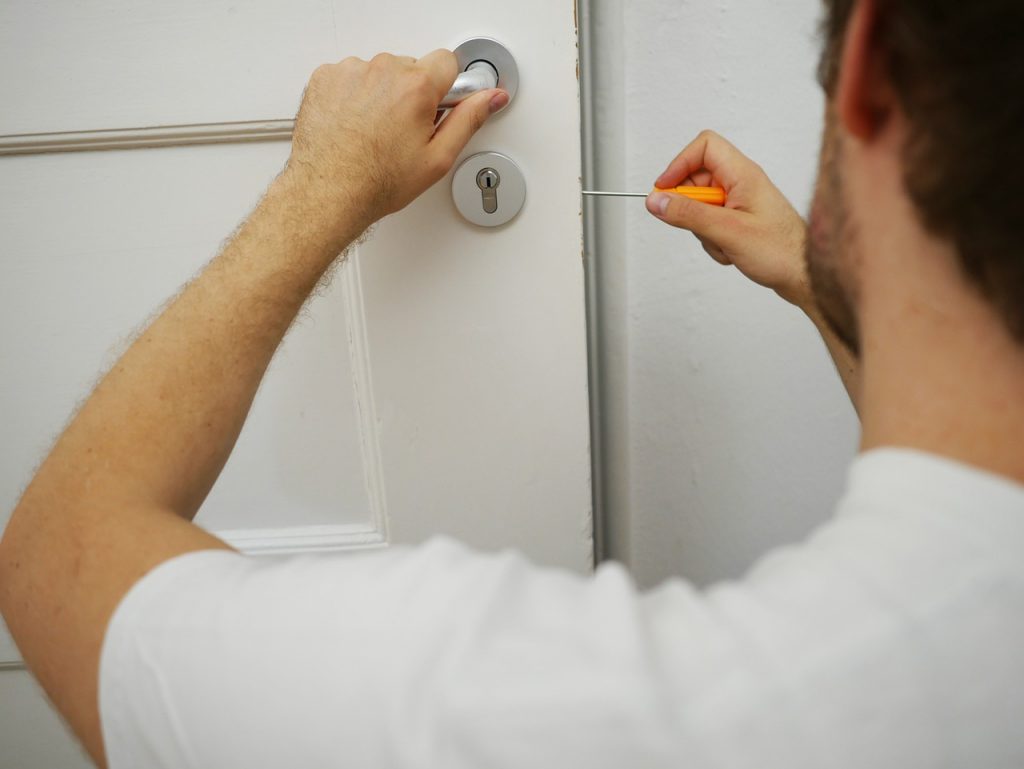
Loosen the screw of the central locking.
If your door has a faceplate above the handle and the lock, loosen the screws.
There are two types of faceplates.
Loosen the faceplate on the lock’s face, not the faceplate parallel to the impact plate.
After removing the screw, insert the wrench into one end of the cylinder.
Turn the key on both sides and gently pull it towards you.
Position the cam so that the cylinder slides out of the door.
Be patient because this will take so much of your time and can be frustrating.
But, it will pay off when you begin to feel the lock sliding freely toward you.
Process Overview
When reviewing the process, firstly, you should remove the fastening screw.
Then loosen the screws on the front panel.
Insert the working key into the lock, and turn it gently, pulling it towards you until it slides out.
Replacement
The replacement process of euro-cylinder locks is nothing short of ridiculous.
Just insert a new lock into the door-hole.
Turn the key as you did to remove the old cylinder.
Once the lock’s face is correctly placed on both sides of the door, you can secure it.
Fasten firmly with a new screw.
Keep track of the dimensions of this lock for future maintenance.
Test the lock before closing the door.
Press the lever, then turn the key.
Unlock and lock the cylinder several times.
Once the lock is in working condition, you can close the door.
Process Overview
The first thing you should do is insert the key into the cylinder you are installing.
Insert the cylinder into the door, and then you will have to turn the key on both sides while gently inserting the door lock.
Tighten the retaining screw, and tighten the screws on the front panel of the lock as well.
Weaknesses
Bypasses
Make sure you do not put a tail on your Euro cylinder, as this allows the lock to be bypassed.
Readers can remember this problem from the locks that provide the illusion of security.
Consequently, you will have to thumb rotation can undermine the core of the Mul-T-Lock MT5.
You can ignore the core with most rollover cylinders.
As long as the key allows access to the handle, it can be rotated.
There are specific tools sold on the open market that can do just that.
Lock Snapping
In this article, we have avoided shooting several times.
It’s a pretty simple trick.
Access the protruding end of the Euro-cylinder and grasp it with a tool.
Shake the lock until it locks in half.
Remove the lock.
Access the screw and open the door.
The weak point in the euro cylinders is the metal below the mounting hole.
This gap leaves a fragile piece of metal on both sides of the hole.
The mounting hole perforates the piece that connects both sides of the cylinder.
In addition, there is only a camera that lies in the gap between each side.
Not many hold these locks together, and if the metal is weak, the lock will fail.
Applying firm pressure to the cylinder will break the lock in half.
Once the lock is broken, you can open the door very quickly.
The best way to prevent cracking is to buy locks against the lock or lower the door cylinder.
If it is protruding at all, the lock may break.
It is not enough to align the lock face with the front panel.
If the floor above the cylinder breaks, that part is exposed.
Once that part is exposed, you can leverage it.
That power can be as simple as shaking your heart.
The mounting screw hole will tighten.
That’s the reason the term “crackle” is used.
With anti-lock cylinders, you will retract the lock in a way that does not impair the lock’s safety.
Drilling
Beware of locksmiths who drill these types of locks.
If you drill too much in the lock, you will break the drive.
The lock will not work when the drive is broken, not even with the key.
As soon as the drive is broken, you should remove the lock.
This won’t be easy if the lock is against fastening.
If you cannot remove the lock and the actuator breaks down, the cost of entering the house is supplemented by installing a new door.
Would you please make sure everyone who drills the lock counts how many pins they hit?
The Bottom Line
Euro profile is probably not the best type of lock.
There are many natural weaknesses.
Almost everyone who has one is at risk of theft and theft.
British officials say they would like to see all these profiles replaced.
They are just too weak in terms of design.
You may even want to own some of these locks purely for the collector or locker mentality, but you should not have them in your home.
Ironically, they can be challenging to choose, but criminals do not pick locks, as we have seen many times.
Precautions provide some protection, but they do not prevent your home from being targeted.
There is no vital advantage you get from using this type of lock.
The unbreakable locking core does not solve the problem of their fragility.
It would be best to use this information to commit a crime.
This article exists to educate the non-criminal majority of the public.
Use the information to be safe and do the things you love.
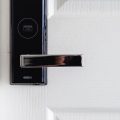
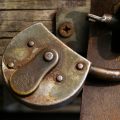
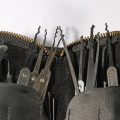
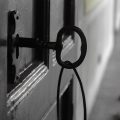
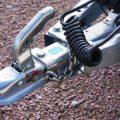

Leave a Reply